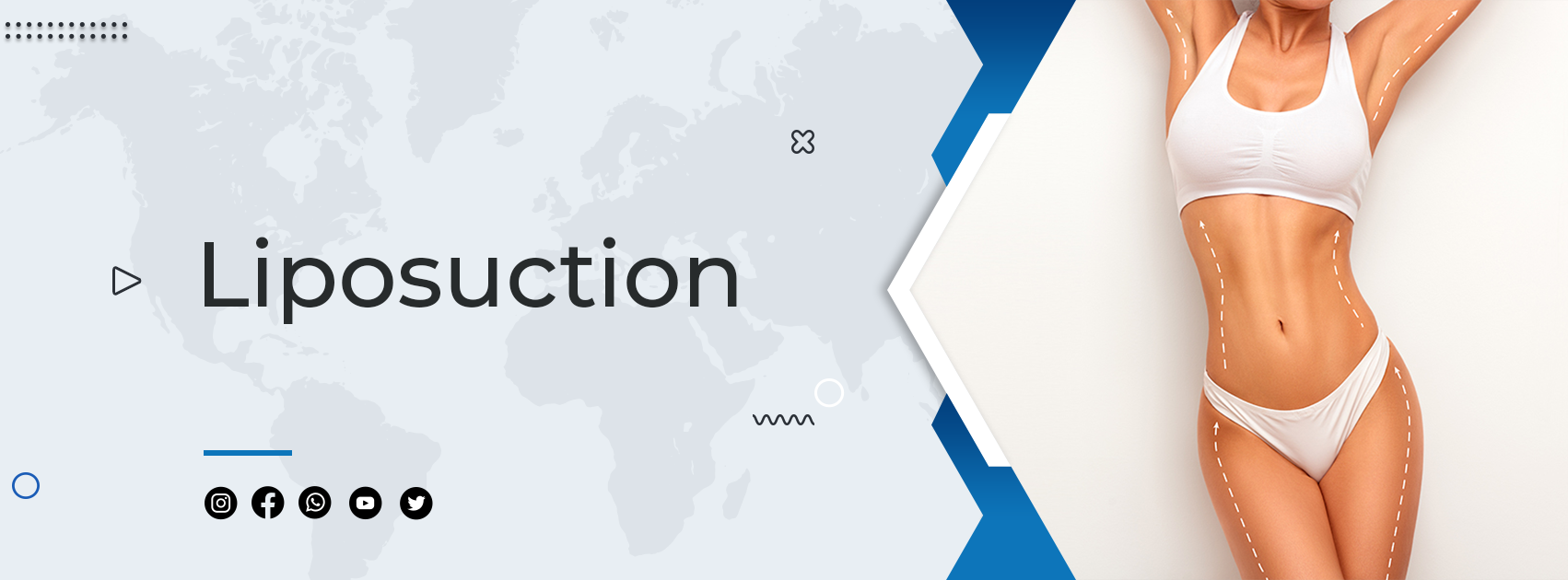
Things to Know Before Liposuction
Liposuction is a surgical procedure that uses a suction technique to remove fat from specific areas of the body, such as the abdomen, hips, thighs, buttocks, arms or neck. Liposuction also shapes (contours) these areas. Other names for liposuction include lipoplasty, body contouring, lipectomy and lipo.
Liposuction isn't typically considered an overall weight-loss method or a weight-loss alternative. If you're overweight, you're likely to lose more weight through diet and exercise or through bariatric procedures — such as gastric bypass surgery — than you would with liposuction.
You may be a candidate for liposuction if you have too much body fat in specific spots but otherwise have a stable body weight.
Liposuction is mainly used to improve appearance, rather than providing any physical health benefits. Most people would probably achieve the same or better results by adopting a healthful lifestyle, with a balanced diet, regular exercise, and a healthy sleep schedule.
The following body areas are commonly targeted for liposuction treatment:
- Abdomen
- Back
- Buttocks
- Chest
- Inner knees
- Hips
- Flanks (love handles)
- Neckline and the area under the chin
- Thighs, both "saddlebags," or outer thighs, and inner thighs
- Upper arms
Laser Lipo vs. Traditional Lipo
Laser lipo refers to using a laser at some point in the procedure. Laser lipo is usually associated with smaller areas and possibly the avoidance of general anesthesia. Traditional lipo is typically performed under general anesthesia with standard size hand driven fat suctioning cannulas.
Although the function of both traditional and laser liposuction is to remove fat deposits, laser liposuction is best for mild to moderate fat removal plus skin tightening, while traditional, surgical liposuction can eliminate larger amounts of fat.
Another difference between laser and traditional liposuction is the timing of results. Traditional liposuction patients see results immediately. Laser liposuction patients will also see a change immediately, with more changes occurring over several months, as the collagen and elastin proliferate to smooth out the skin.
After the liposuction operation
- Aesthetic: Those who have a general anaesthetic usually spend the night in hospital. Those who had a local anaesthetic may be able to leave hospital on the same day.
- Support bandages: Either an elasticated support corset or bandages will be fitted for the targeted area.
- Antibiotics: These may be given immediately after the operation.
- Painkillers: Analgesics can help relieve pain and inflammation.
- Stitches: The surgeon will remove the stitches in a follow-up appointment.
- Bruising: Significant bruising may occur in the targeted area.
- Numbness: There may be numbness in the area where fat was removed. This should improve in 6 to 8 weeks.
Results
The results of liposuction will not be clear until the inflammation goes down. In some cases, this may take several months. Most of the swelling settles after about 4 weeks, and the area where fat was removed should appear less bulky.
People who maintain their weight can usually expect permanent results. Those who gain weight after the procedure may find that their fat distribution alters. Those who previously had fat accumulating in their hips might find that their buttocks become the new problem area.
Dec 01, 2018